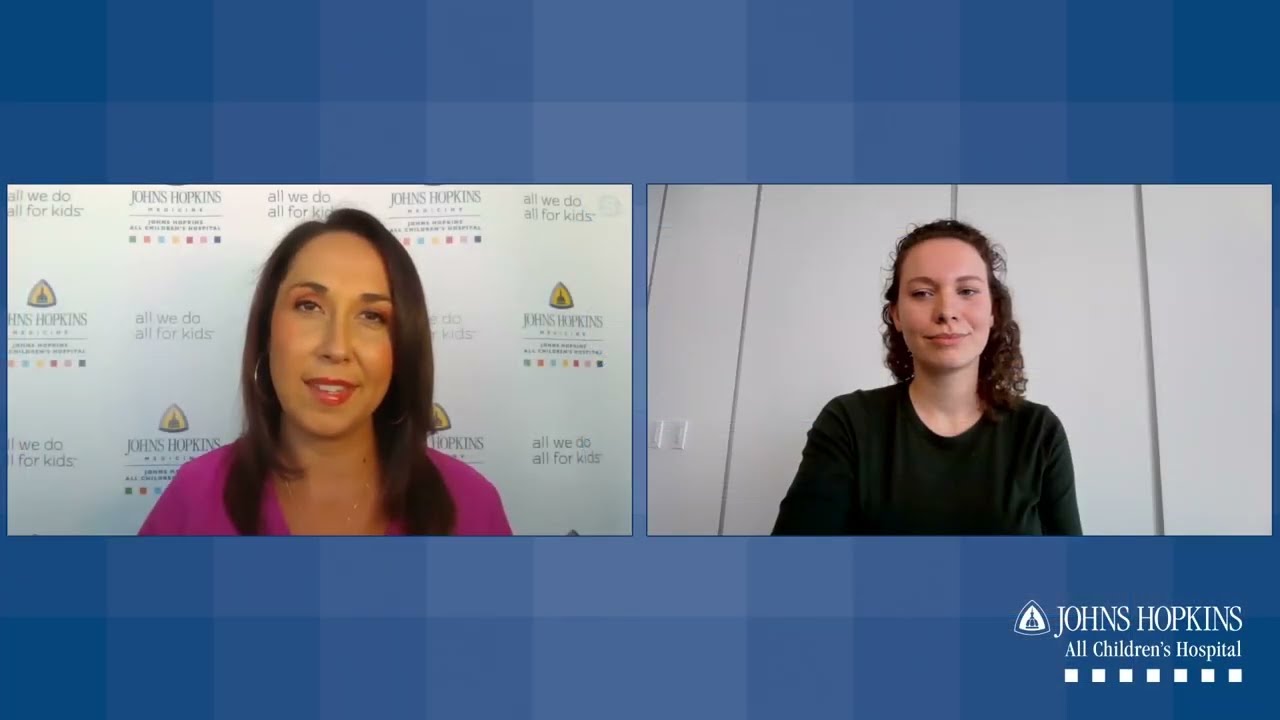What are hunger and fullness cues?
What are Hunger and Fullness Cues? - On Call for All Kids
What are hunger and fullness cues?
Hunger and fullness cues are something we experience every day. These cues serve as a way for us to evaluate when it’s time to eat and when it’s time to stop. Interestingly, infants and young children are the best at determining their hunger and fullness cues. When an infant or toddler is hungry, you’ll see them start to reach for food or cry as a sign to inform everyone, “It’s time for me to eat!” On the other hand, when an infant or toddler is full, they will start to turn their head and reject any additional bites you serve them.
As we age, we start to lose those “skills” related to hunger and fullness cues that we previously had as infants or toddlers. The reason we lose the connection between our hunger and fullness cues can be attributed to a variety of factors. A few of these factors are having a busy, hectic schedule, tempting food advertisements, a predetermined lunch time, such as when school lunch is served, or even less obvious factors such as watching a cooking tutorial on social media.
How can listening to our Hunger Cues help children and families reach and maintain a healthy weight?
We know that currently 1 in 3 children have overweight or obesity. Pediatric obesity is complex, but individual issues including what makes us hungry and what makes us full can be challenging for children and parents to understand. Therefore, the more we know about what affects hunger and fullness, the more likely kids are to have healthy appetites and healthier meal routines that can keep them at a healthy weight.
When we don’t listen to our hunger and fullness cues, it can cause us to sometimes over- or under-eat. A very common misconception is that the sensation of hunger is associated with losing weight. In reality, it is quite the opposite! When we get too hungry, we tend to overeat. This is because our body works extremely hard to make sure that you do not run out of energy. So inherently, your body will start to crave foods that are guaranteed to give you loads of energy. These foods typically are those that are higher in calories, fat and sugar. They are typically considered unhealthy foods. Having these unhealthy foods too often due to poorly controlled hunger can put children at risk of overweight or obesity.
Another important point is when we are starting our meals at a point of extreme hunger, it can be very hard to stop when we feel full. Our bodies are programmed to get us as much energy as possible, so we sometimes “bypass” those cues, which determine our level of fullness. This may cause us to overeat. Awareness of this concept of starting meals at the appropriate level of hunger can help us to reduce the times in which our body has a biological response to food cravings.
What about the “clean plate club,” or having children sit at the table until they finish all their food?
Many parents struggle with mealtime “battles” focused around finishing food or not wasting food. Though this is well-intended, allowing children and teens to eat when they are hungry and until they feel full is the best practice to help them to develop awareness of their Hunger and Fullness cues. The “Clean Plate Club,” or making sure children eat all the food on their plate before they can leave the table, can force children to eat past comfortable fullness levels, which can lead to excess calories consumed. Research has shown that requiring your child or teen to eat their entire plate of food before leaving the table can result in difficulties in self-regulation of eating behaviors and has even been linked to weight gain.
What are some tips and tricks you may have that can help children and teens to recognize these hunger and fullness cues?
- Check in before and after meals as a family to report hunger/fullness.
- For older children, start to associate hunger/fullness with values 1-10.
- Become aware of hunger/fullness cues in your own life to help model to children what these cues are.
This can be really tricky at first, especially if your child or teen is the type of “eater” who doesn’t necessarily notice these cues. This is a chance for them to become a detective of their own hunger and fullness. Strategies to help your child identify their hunger and fullness cues can differ depending on their age.
How can I better understand my infant's hunger and fullness cues?
Many new parents find it difficult to know when their infant is truly hungry or perhaps wanting attention, needing some sleep or simply not feeling well. Similarly, it is challenging to know when infants are full when we often want them to finish their bottle or serving to assure they are getting enough nutrition. Increasing evidence shows that overfeeding in the infant period can be a risk factor for developing obesity in later childhood such that being more in tune with infant hunger and fullness cues can prevent excess calorie intake and excess weight gain. Click here for more information on some of the visible cues parents can look for in infants to be more successful in your meal-time approach.


